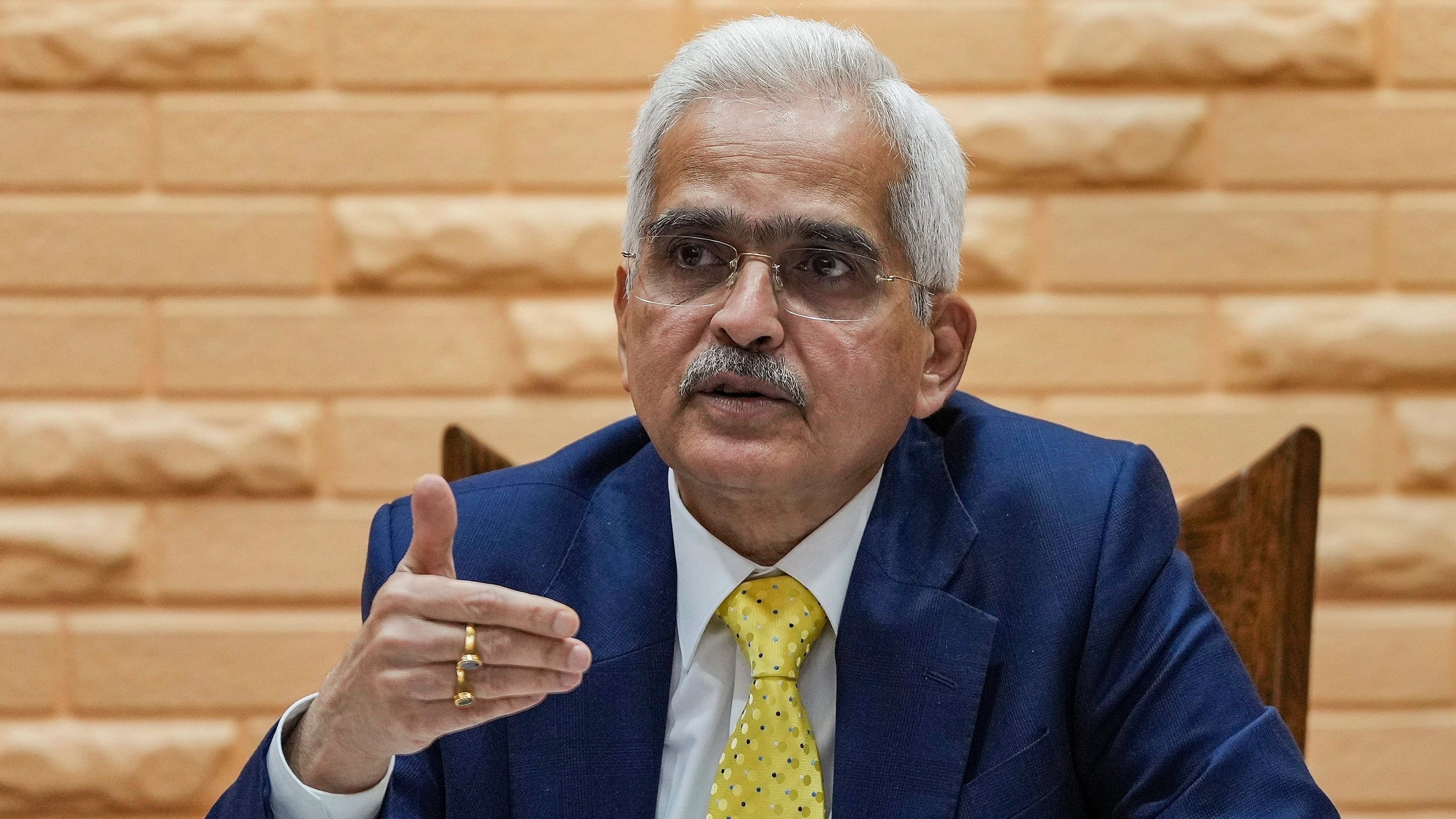
Reserve Bank of India (RBI) Governor Shaktikanta Das
Credit: PTI Photo
New Delhi: Reserve Bank of India (RBI) Governor Shaktikanta Das on Friday flagged concerns over the widening gap between credit and deposit growth saying it will expose the system to structural liquidity issues as household savings are increasingly moving away from the traditional bank deposits to capital markets and other financial intermediaries.
“While bank deposits continue to remain dominant as a percentage of financial assets owned by households, their share has been declining with households increasingly allocating their savings to mutual funds, insurance funds and pension funds,” the Governor said while addressing an event in Mumbai.
According to the governor, deposit mobilisation has been lagging credit growth for some time now, which may potentially expose the system to structural liquidity issues.
“While there could be a debate regarding ‘deposits funding loans’ vis-à-vis ‘loans funding deposits’, the current regulatory concern stems from the fact that there could be structural changes happening which banks need to recognise and, accordingly, devise their strategies,” Das said.
Deposit growth of commercial banks declined to 10.64% for the fortnight ending June 28 while credit increased at 13.88% year-on-year, according to the latest RBI data.
The governor underlined that the credit growth should not outpace deposit growth by miles. “It goes without saying that there will always be some gap between the two, but credit growth should not run ahead of deposit growth by miles,” he said. More so, when banks are required to maintain CRR (cash reserve ratio), SLR (statutory liquidity ratio), LCR (liquidity coverage ratio), etc, he added.
According to the June edition of RBI’s Financial Stability Report, India’s overall household savings declined to 18.4% of GDP in the financial year 2022-23 from an average of 20% during 2013-2022. The share of net financial savings in total household savings fell to 28.5% in 2022-23, from an average of 39.8% during 2013-2022.
Replying to a question regarding allowing business conglomerates like Reliance, Tata and Adani to promote banks, Das said, ‘at this point, there is no thinking in that direction.”
Das underlined that the operation of a bank is different from other businesses. “Experience world over has shown that it will be very difficult to monitor or to regulate and prevent related-party transactions. The risks involved are very high,” the governor added.